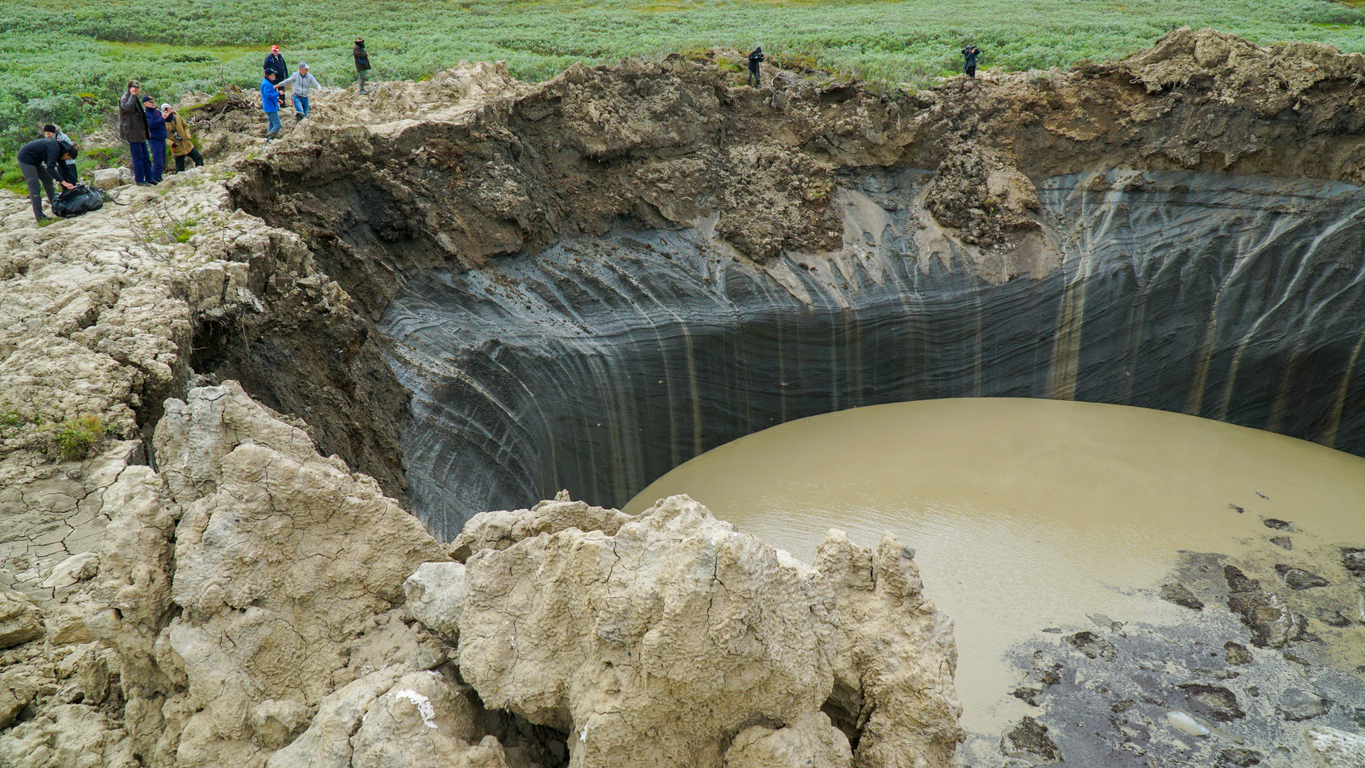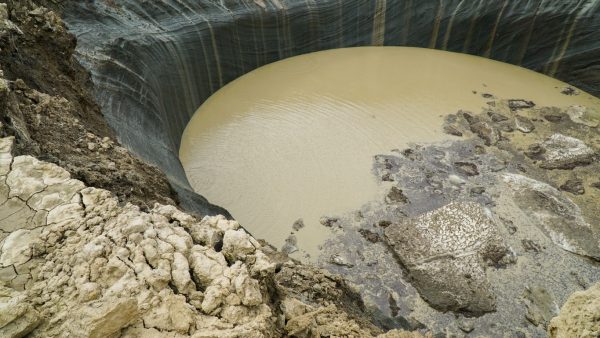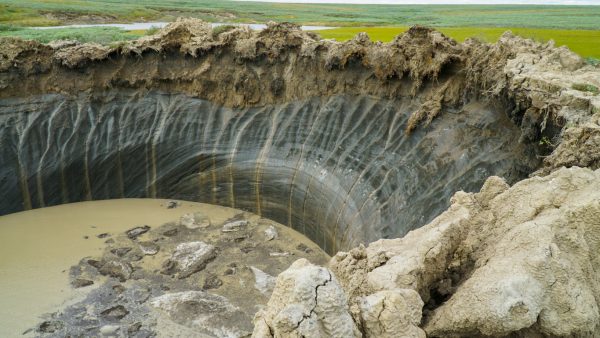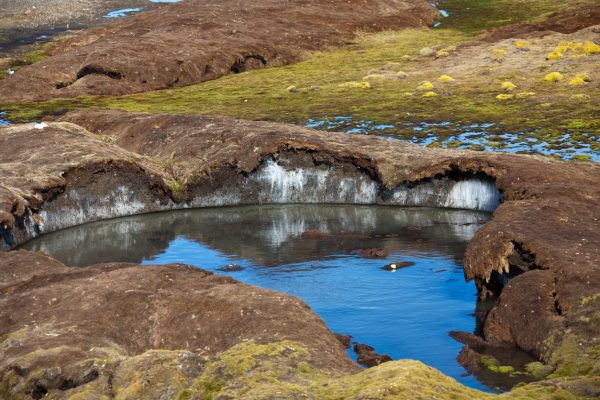Thawing Permafrost May Contain Previously Unknown Deadly Diseases

The Siberian permafrost has been suffering under temperatures up to one hundred degrees which is rapidly melting and revealing artifacts thousands of years old.
Viking weapons and armor, frozen bodies of ancient humans, and animals and tools of all kinds are being found by archeologists. Unfortunately, old diseases are being found as well.
In 2016, wild reindeer that had died centuries ago from anthrax thawed, and the disease spread to healthy reindeer killing an entire herd of over two thousand and infecting over twenty people in the Yamal Peninsula.

A twelve-year-old boy did not survive the disease, according to Scientific American. It was the first time the region had experienced an infection in over seventy-five years.
The fluids coming from the thawed carcasses invaded the soil and water systems and made their way into the food. In 2011, Boris A. Revich and Marina A. Podolnaya wrote a paper in Global Health Action that predicted the spread of eighteenth and nineteenth-century infections, possibly deadly ones, from areas such as cemeteries where the remains of disease casualties lie.
Almost ten years later their predictions seem to be coming true. Viruses and bacteria can survive frozen for thousands of years according to Jean-Michel Claverie, head of the Mediterranean Institute of Microbiology who, with his colleague, Chantal Abergel, retrieved a chunk of permafrost from over thirty thousand years ago that still had infectious viruses.

They are also finding evidence that Neanderthals of northern Siberia may have suffered from viral diseases like smallpox and may have passed down a propensity for carrying the disease to modern humans.
What other diseases may be locked into the permafrost are unknown, and climate change, as well as the outspread of human populations into previously sparsely inhabited areas, are driving the speed of infectious disease outbreaks.
George C. Stewart, McKee Professor of Microbial Pathogenesis and chair of the department of veterinary pathobiology at the University of Missouri, claims that malaria and cholera are being seen at much higher elevations than ever before.
Permafrost is melting at a much higher rate than previously predicted. Normally summer temperatures melt about a foot and a half of ice, but the arctic suffered temperatures twenty-five degrees warmer than normal and researchers are still unable to measure how much permafrost has melted but believe more ice has been lost than in over a century under normal conditions.
The rapid melting is causing sinkholes, property destruction, buckling infrastructures, and erosion. According to Discover, permafrost has no oxygen and has a neutral pH neither basic or acidic, and it is the ideal hiding place for something that needs no metabolic activity.

In 2012, researchers from the Russian Academy of Sciences collected thirty-thousand-year-old seeds of Silene stenophylla (narrow-leafed campion) recovered from one hundred twenty-five foot deep squirrel burrows in northeast Russia.
The seeds sprouted, grew into normal plants, and then bloomed and produced fruit even after being dormant for so long. The same deposits of earth that created the new plant also housed two never before seen viruses.
https://www.youtube.com/watch?v=xLI980fr2K0&t
The teams are now attempting to analyze samples over six hundred thousand years old.
In 2018, William Colgan, a climatologist with the Geological Survey of Denmark and Greenland, led an expedition of scientists to Camp Century, an old U.S. military base buried under the Greenland Ice Sheet.
Ten stories under the flat ice sheet is what is left of the camp that at one time covered over one hundred football fields in length and housed about two hundred U.S. Army soldiers in the 1960s.
The camp’s main purpose was to maintain the ballistic missiles housed under the ice aimed at Russia. The camp was abandoned in 1967, but diesel fuel, radioactive coolant, carcinogenic chemicals, and waste products were left behind with the assumption they would be preserved.
Scientists pulled radar equipment across the ice to determine what was down there and discovered the waste is spread out over a mile, and some of it is less than one hundred feet deep.
2300-Year-Old Scythian Woman’s Boot Preserved in the Frozen Ground
Additionally, huge bubbles of methane from rotting carcasses are exploding adding one hundred and fifty billion tons of carbon to the atmosphere.
